

Gregor Jenkin
A Master of Design, Craft, and Cultural Reflection
In the heart of Cape Town, South Africa, Gregor Jenkin is quietly redefining the boundaries of art and design. His name resonates with those who value craftsmanship, innovation, and the ability to merge functionality with aesthetic brilliance. From bespoke furniture to evocative sculptural installations, Jenkin’s work is as much a narrative of South Africa’s rich heritage as it is a statement of minimalist, forward-thinking design.
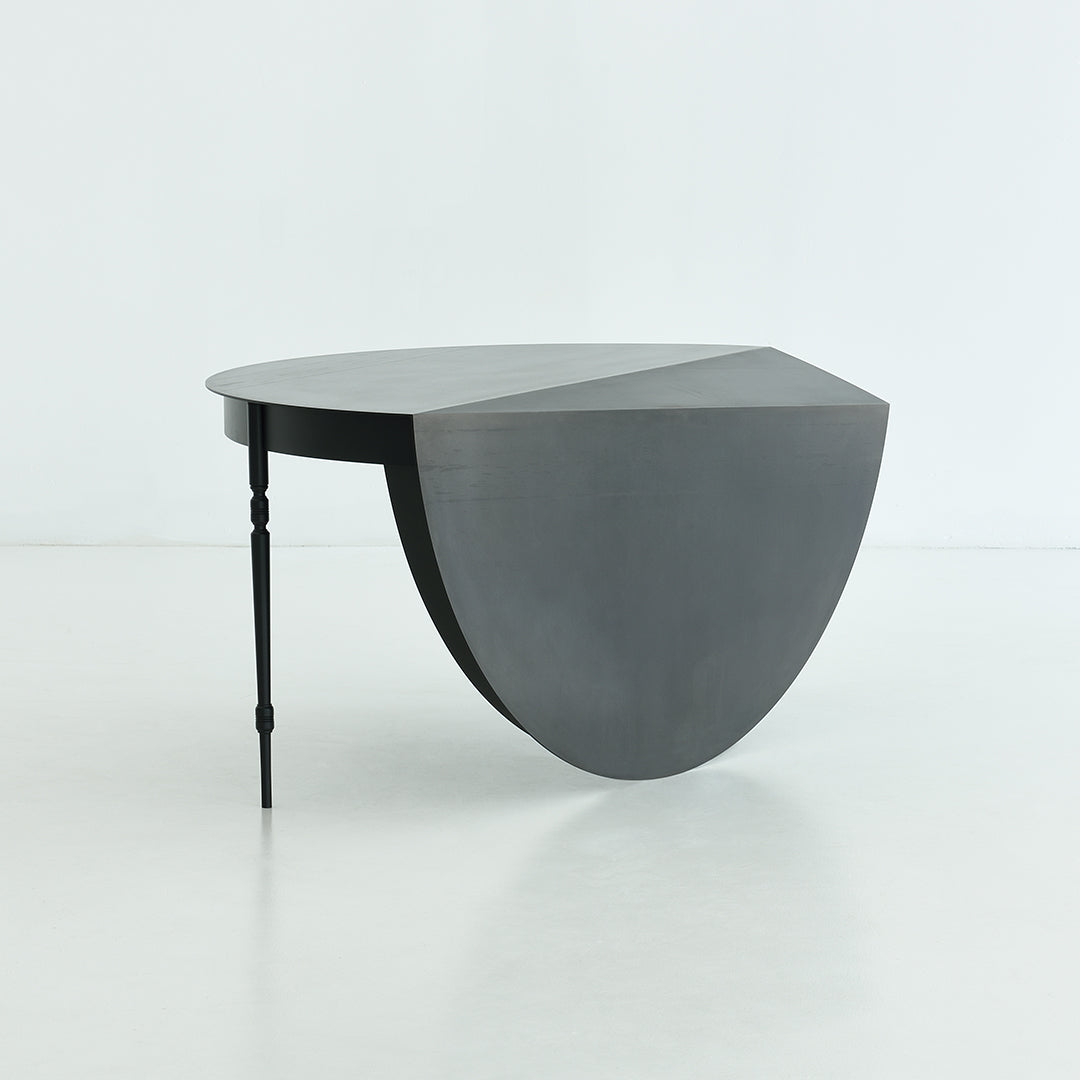
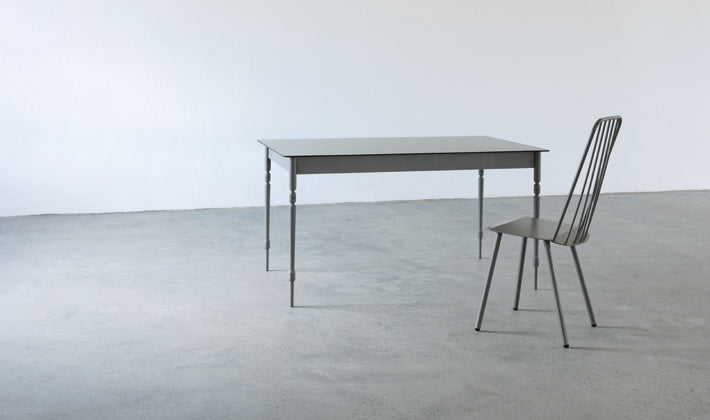

"Jenkin’s aesthetic is rooted in history, drawing inspiration from the understated elegance of Cape Dutch and Shaker furniture."
Crafting Stories Through Design
At Jenkin’s Cape Town studio, design begins where hands meet material. His workshop operates less like a traditional design studio and more like an engineering atelier, where experimentation and craftsmanship form the bedrock of creation. The result? Pieces that are both instinctively tactile and deeply intentional, with form emerging as a natural consequence of the making process.
Jenkin’s aesthetic is rooted in history, drawing inspiration from the understated elegance of Cape Dutch and Shaker furniture. Yet, his interpretations are anything but traditional. By employing modern materials like mild steel, he imbues his works with a raw, industrial charm. These materials are not merely a means to an end; they are intrinsic to the story each piece tells, their imperfections celebrated as part of their beauty.
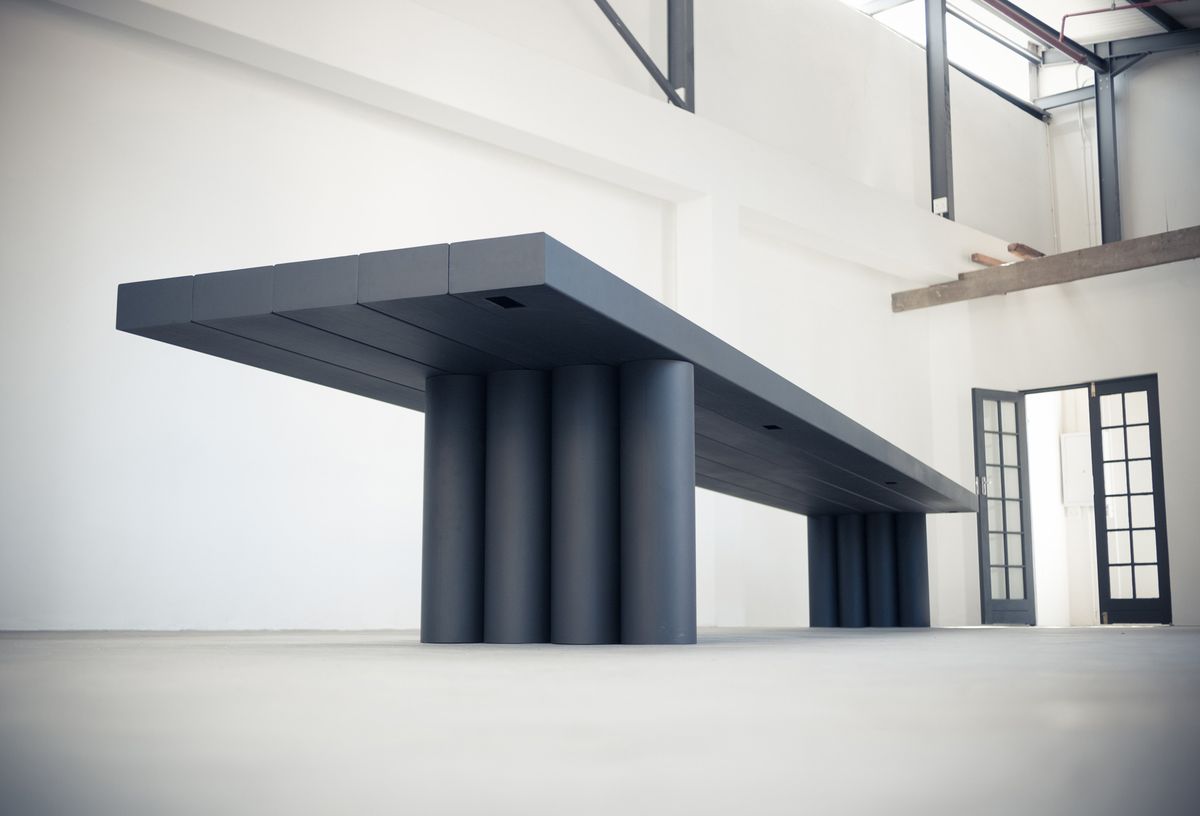
Where art meets utility
Though often labeled a furniture designer, Jenkin’s creations transcend utility. His works are imbued with meaning, inviting viewers to explore themes central to South Africa’s cultural and historical landscape. The 2011 series “Migrant Migrate,” showcased at Design Miami, is a poignant example. Using furniture as a medium, Jenkin delved into the complexities of South Africa’s migrant labor history, transforming functional objects into platforms for dialogue and reflection.
Collaboration has further enriched Jenkin’s artistic practice. His partnership with acclaimed South African artist William Kentridge stands out as a melding of two visionary minds. Together, they’ve created works that defy categorization, occupying a space where art and design converge seamlessly.
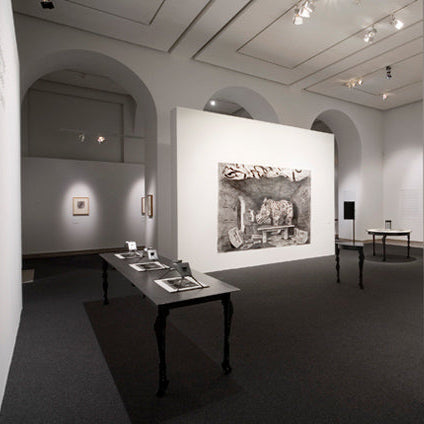

A Global Influence, Rooted in South Africa
Jenkin’s influence extends far beyond South Africa. He was the first African designer to exhibit at the prestigious Design Miami, a milestone that signaled the global relevance of his work. His pieces have found homes in major collections, including the Philadelphia Museum of Art, and have headlined exhibitions such as his solo show at Southern Guild in Cape Town. These accolades underscore his dual role as a storyteller of South Africa’s heritage and a pioneer of contemporary design.
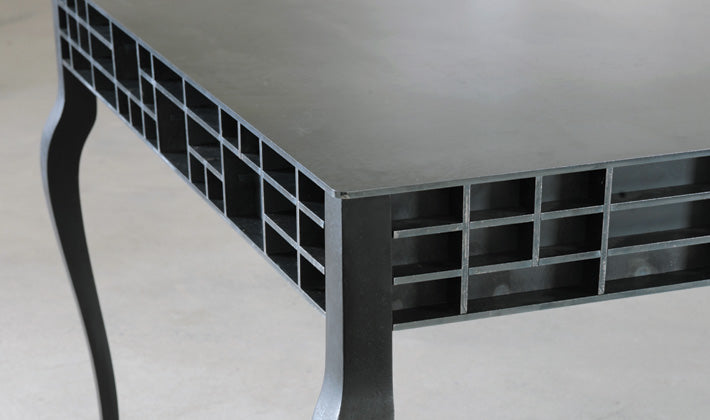
The Studio as a Canvas
Step into Gregor Jenkin’s studio, and you’ll find more than a workspace. It is a place where ideas are given shape through meticulous craftsmanship and boundless experimentation. Every creation—from a minimalist steel table to a complex sculptural installation—bears the mark of a designer deeply committed to his craft and to imbuing ordinary objects with extraordinary purpose.
The Enduring Legacy of Craftsmanship
In an era dominated by mass production and disposable goods, Jenkin’s work is a powerful counterpoint. It stands as a testament to the enduring value of craftsmanship and the transformative potential of thoughtful design. His pieces honor South Africa’s past while pushing the boundaries of what design can achieve in the modern world.
Gregor Jenkin’s creations invite us to see beyond the object, to engage with the stories they tell and the questions they pose. Whether you consider them as functional furniture or artful commentary, one truth remains: Gregor Jenkin is not just designing objects—he is shaping the narrative of contemporary design, one timeless piece at a time.